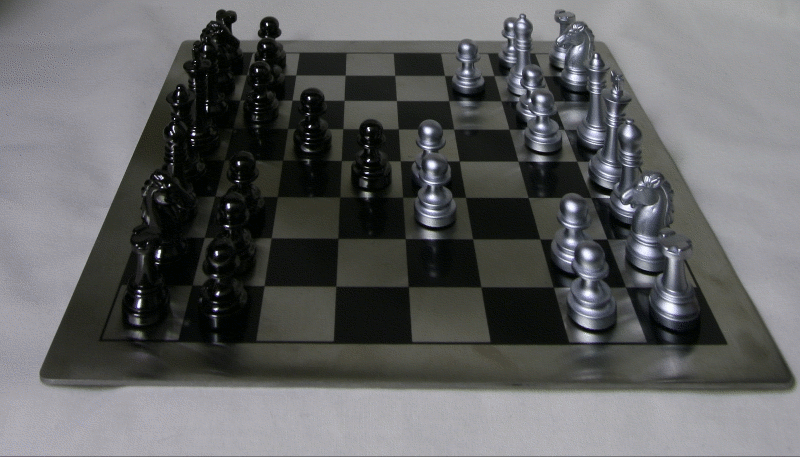C = 0.25

The premise of this project was to take a collection of images that represented a lightfield and use shifting and adding algorithms to produce interesting effects. The images are taken from the Stanford Light Field Archive, which have these sets of images taken over a regularly spaced grid
For the first part of the project, we can strategically shift the pictures and average them to create the illusion of putting the focus on different parts of the image. For each image, I multiplied a constant factor C by the displacement of that image from a reference (which I took as the first image)
Simply averaging all the images gives an image focused in the back of the chessboard

Higher C values shift the focus forward

C = 0.25

C = 0.5

Gif of different C values
We can also use a similar algorithm to simulate changes in aperture size. Now we keep the C value constant and instead choose varying numbers of images to average, which we define using a radius, with larger numbers of images mimicking a larger aperture and smaller numbers mimicking a smaller aperture

Using fewer images: smaller aperture

Using more images: larger aperture

GIF of changing apertures
The project was really interesting in that the algorithms were pretty similar but the effects were different and really simulated different features that I've seen on my camera. I learned about how lightfields work and the different illusions it can simulate and how we can use the fact that objects at different depths vary their position differently as the camera moves to create really cool effects